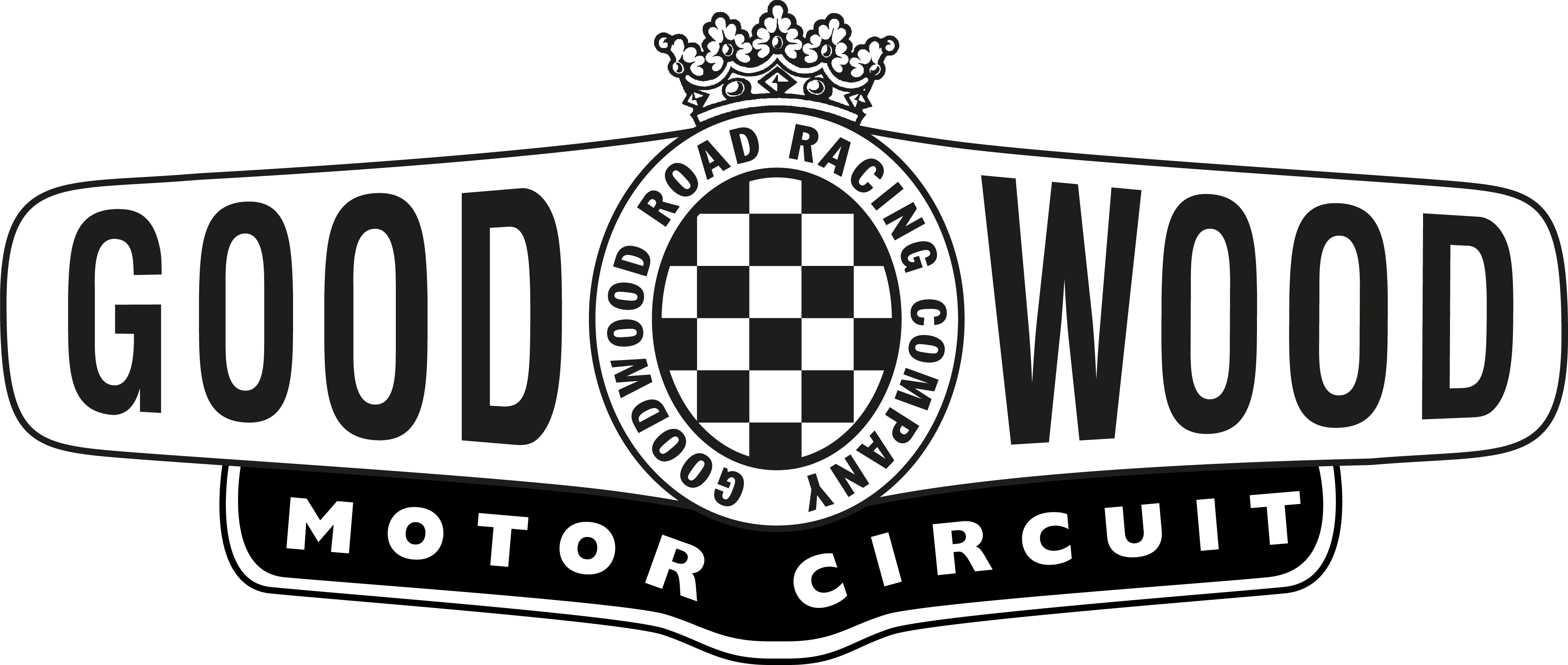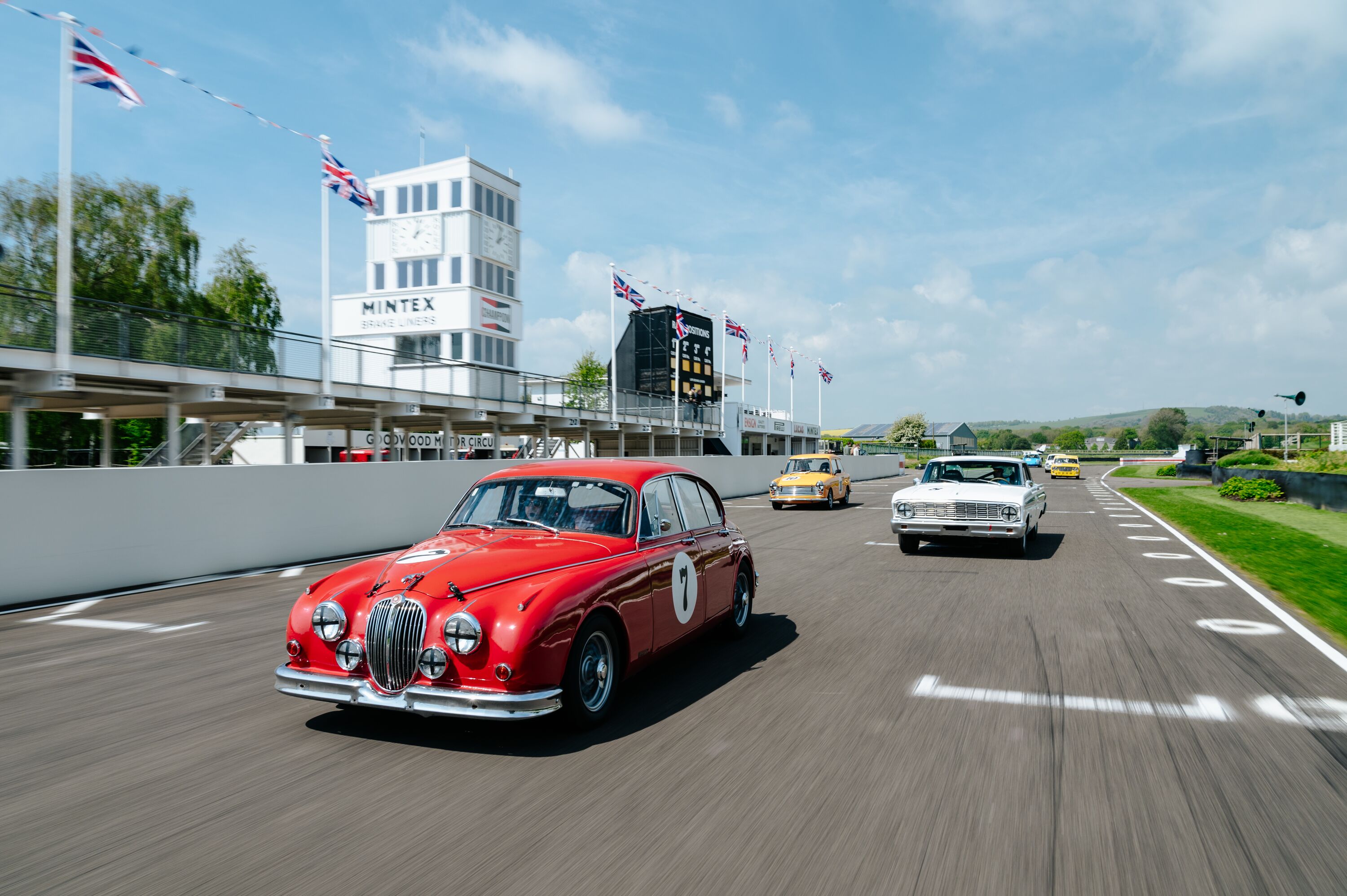INTERVIEW: David Brabham on the pressure and pride of living up to his name
David Brabham was supposed to be a farmer. With a family farm spanning 45,000 acres and two older brothers already racing, agricultural boarding school was preparing the youngest Brabham son for a life on the land. Until curiosity got the better of him.
Now recognised as one of Australia’s most successful sportscar racers, we spoke with Brabham at the 2025 Goodwood Revival to hear all about his varied career and what it meant to add another chapter to a storied family legacy.

Brabham’s first exposure to motor racing didn’t come until he was 17, so fixated was he on the farm. He didn’t even know people raced go-karts, but a love for speed must run in the blood.
“On the farm I was flat out and sideways in anything I could get my hands on,” he told us. “Driving on the limit with vehicles and motorbikes or climbing trees. I was doing all sorts of things, just for the adrenaline rush.”
It was a trip he took to watch his brother Geoff race in IndyCar that piqued his interest, and thus transformed the trajectory of his life. “I saw a go-kart and it was like ‘wow, I need to try one of those’. That was the inspiration for me, I needed to have a go.”
A second-hand go-kart was acquired together with a school friend, but the idea of adding to a family legacy was never one that crossed Brabham’s mind. “When I started racing, I didn't like my first go-kart race, I just wanted to try it. I was still at that point going to be a farmer, but with a bit of racing.”
There was little support in the early days. As Brabham recalled his first ever wet race in Orange, New South Wales: “I was hopeless, didn't know how to run the engine properly or anything like that.” With one eye on the farm his father, three-time Formula 1 World Champion Jack Brabham, never encouraged him to race, but the more Brabham was on track the more he wanted to continue.
When he later returned to Orange and won in the wet at a canter, his father was there to see it. That was the moment when Brabham Sr. was convinced to start supporting his son’s motorsport aspirations.
A career in motorsport begins
Things became more serious after that: Formula 3 in Argentina, Formula Atlantic in America and New Zealand, and Formula 2 in Australia, where a new determination was found.
Three months before the end of the 1987 F2 season Brabham told his parents he was going to become a dad. Knowing all too well the risks and demands of racing himself, his father felt everything they had worked towards was gone.
“We had a massive falling out. He could see what I could do behind the wheel, and he had probably quite high expectations because it was going really well, so as soon as I put that on the table it was a deflation for him.”
Arguments continued into November, just before the race that would decide that season’s Australian Drivers’ Championship. Brabham swore at his father and “jumped in the car steaming, absolutely steaming. I was so angry but determined.”
A poor qualifying left him at the back of the 30-car grid, but Brabham’s determination saw him catch the race leader, take the chequered flag and claim the title. “[My father] started talking to me again after that,” he quipped.
A new Brabham in Formula 1
In 1989, Brabham won the British F3 Championship and the Macau Grand Prix, and was set on moving to Formula 3000 for the following year. He had however been scouted by the Brabham F1 team, which was now in severe financial difficulty 20 years after Jack Brabham had originally handed over ownership.
David Brabham had amassed significant sponsorship and at the age of 24 he joined his dad’s old team. But did the pressure of the name make things even harder for the rookie?
“With the name, you’ve always got that pressure, it's always around you, even when I first started. At the end of the day, you're a racing driver and you’ve just got to get on with it. I guess for me, getting from ground zero to F1 happened quite quickly.”
His F1 career was far from a fairytale. In his Judd-engined BT59 he failed to qualify on six occasions and reached the chequered flag only once. He fared little better when he returned to the grid in 1994, this time with the similarly under-funded Simtek team. He managed a best finish of tenth, but never scored a Championship point. While he admitted that was a “really frustrating” time, the best was yet to come.
Finding success at last
Around those disappointing spells in F1, Brabham got his first taste of endurance racing when he joined Jaguar for a run in the 1991 World Sportscar Championship. He called that time his first experience of working with a well-run, professional team that included the likes of Ross Brawn, designer of the XJR-14.
“That car was as quick as an F1 car,” Brabham affirmed. “That car would have qualified in the top ten of an F1 race. I absolutely, thoroughly enjoyed the sportscar world, working with the teammates, getting the best out of the whole team, a slightly different environment, it suited me. I really, really enjoyed it.”
As he moved away from F1, Brabham was focused on rebuilding the “stellar reputation” he enjoyed at the start of his career. Where better to do this than at Le Mans, where years of experience culminated in a purple patch during the mid 2000s. Brabham took a trio of class victories, firstly in the GT1 category with Aston Martin in 2007 and ’08, and then finally in 2009 when he took overall victory as part of Peugeot’s effort to overthrow Audi in LMP1.
“They were fantastic experiences, great manufacturers to drive for,” he reflected on his time with Aston Martin, Peugeot and also Bentley with whom he came second overall in 2003 aboard the “superb” Speed 8. “Bentley, Jaguar, Aston Martin on the podium at Le Mans is a special, special thing. I'll sort of hang my hat on that one a little bit.”
With overall victory in 2009, Brabham followed in the footsteps of his brother, Geoff, who also won at Le Mans racing with Peugeot in 1993. Combined with their father’s triumph at the only French Grand Prix held at La Sarthe, in 1967, it makes for a special place for this family’s legacy.
Standing on the top step of the podium, Brabham said: “I started to think about the journey and how precious that journey was and the sacrifices you make, your family makes, all the people you've worked with leading up to that, they're all part of that success.”
The family ties also extend to Goodwood, where Jack Brabham was a regular competitor in the Motor Circuit’s heyday. At the 2025 Revival, Brabham — who raced a 1959 Jaguar Mk I alongside Cameron Jackson in the St. Mary’s Trophy presented by Motul — described the experience as “phenomenal, a real privilege as a driver to be here and race in this wonderful place called Goodwood.”
And while an eighth place finish that weekend may not have been the most thrilling of his career, Brabham looks back on all he achieved in his racing career with great pride.
“I’m very fortunate really to have had the career that I had. I look back with no regrets, I did what I could. If I look at the list of races I've won or events and championships, I would never have thought that possible when I first started, so you’ve got to be happy, and I am happy.”
Goodwood photography by Joe Harding and Charlie Brenninkmeijer.
Images courtesy of Getty Images.
revival
revival 2025
event coverage
interview
david brabham
St. Mary's Trophy
brabham
formula 1
f1
le mans


















